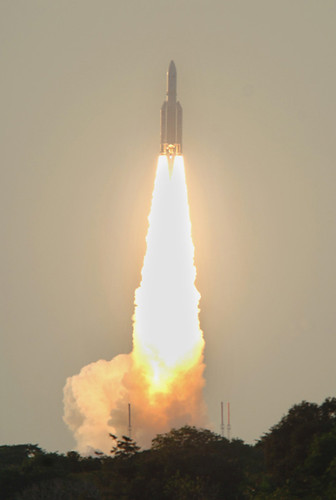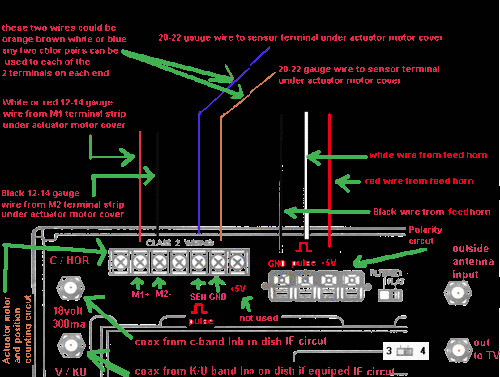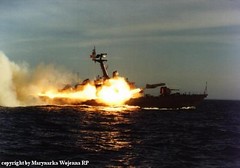Set Your Watches: New Break Through in Atomic Clocks
Monday, October 16th, 2006"Most technical systems that employ satellites, including GPS technology, make use of atomic clocks; these technologies can now operate much more accurately," thanks to a recent breakthrough in understanding errors in atomic clock technology, ScienceDaily reports:
Andrei Derevianko, Kyle Beloy, and Ulyana Safronova [of the University of Nevada, Reno] sat down six months ago and began work on a calculation that will help the world keep better time….
Associate physics professor Andrei Derevianko and his team isolated and explained a significant portion of the error in atomic clock output….
In its research, the University team was able to isolate and explain a significant portion of the error in atomic clock output. The portion of error that the team studied has now been cut to one-fiftieth of its original size. The team’s research was based solely on calculations, many of which were conducted on high performance computers…
In 2004, an Italian research team found some convincing evidence that suggested that atomic clocks were less accurate then previously thought. This evidence concerned the scientific community and gave the theory behind atomic clocks renewed international attention….
Atomic clock technology is based on the fact that atoms emit a fixed frequency. Lasers, which also have operating frequencies, can be calibrated so that their frequencies match that of a given atom. Since atomic frequencies are constant, syncing a laser with an atom and counting the laser’s oscillations will always provide a steady measurement of time….
The new findings are also paving the way for all kinds of new scientific experimentation. Extremely accurate measurements are required to make estimations about the behaviors of the universe. The extra time-keeping precision will allow scientists to explore hypotheses about the big-bang theory. The improved technology might even be accurate enough to provide evidence related to the controversial theory that universal constants, as in the amount of charge in an electron, are changing.
So how does one tune in to the more accurate atomic clock? Why, with an atomic clock receiver, of course:
A radio system is available in North America set up and operated by NIST – the National Institute of Standards and Technology, located in Fort Collins, Colorado. NIST operates radio station WWVB, which is the station that transmits the time codes. WWVB has high transmitter power (50,000 watts), a very efficient antenna and an extremely low frequency (60,000 Hz). For comparison, a typical AM radio station broadcasts at a frequency of 1,000,000 Hz. The combination of high power and low frequency gives the radio waves from WWVB a lot of bounce, and this single station can therefore cover the entire continental United States plus much of Canada and Central America. The time codes are sent from WWVB using one of the simplest systems possible, and at a very low data rate of one bit per second. The 60,000 Hz signal is always transmitted, but every second it is significantly reduced in power for a period of 0.2, 0.5 or 0.8 seconds: • 0.2 seconds of reduced power means a binary zero • 0.5 seconds of reduced power is a binary one. • 0.8 seconds of reduced power is a separator. The time code is sent in BCD (Binary Coded Decimal) and indicates minutes, hours, day of the year and year, along with information about daylight savings time and leap years. The time is transmitted using 53 bits and 7 separators, and therefore takes 60 seconds to transmit. A clock or watch can contain an extremely small and relatively simple antenna and receiver to decode the information in the signal and set the clock’s time accurately. All that you have to do is set the time zone, and the atomic clock will display the correct time.


 Among those who aren’t suspicious of undertaking major endeavors on Friday the 13th, you can include both
Among those who aren’t suspicious of undertaking major endeavors on Friday the 13th, you can include both 




 Defense, the organization in charge of the lunar project:
Defense, the organization in charge of the lunar project: